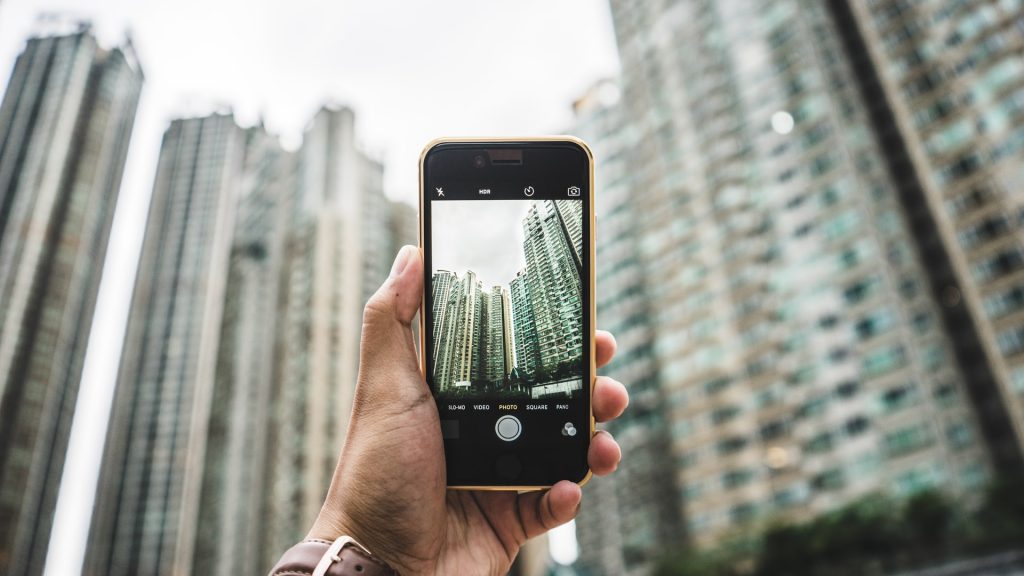Do You Know About Image Recognition with TensorFlow? The recognition and analysis of images is one of the most common uses of TensorFlow and Keras. This article will show you how to identify or recognize pictures using Keras.
What is image recognition with Tensorflow?
The Google Brain team have developed TensorFlow for Python. TensorFlow collects different algorithms, such that the user can incorporate deep neural networks. So, for use in activities such as image recognition and the processing of natural languages. TensorFlow is a versatile framework that works with the implementation of a set of processing nodes, with the whole number of node named “graph” representing a mathematical task.
As per Keras, they can also use the TensorFlow functions with a high-level API (application programming interface) (as well as other ML libraries like Theano). We have defined Keras as its precepts with ease of use and modularity. Practically speaking, Keras makes it as easy as possible to execute the many powerful yet frequently complex functions of TensorFlow and is designed for Python without any significant changes or settings.
Recognition of image (Classification)
Image processing refers to the process of entering and releasing a new image into a neural network. The mark corresponds to the pre-defined class for network outputs. We may classify the picture as or only one of many grades. If there is one class, the word “recognition” sometimes applies, whereas “classification” often refers to a task with several classes.
A branch of image classification is the identification of objects. Where unique instances of objects belong to a certain class, such as cattle, vehicles, or humans.
Feature Extraction
The neural network must perform feature extraction to perform image recognition. Features are the components of the data that are fed into the network that you care for. In the case of picture identification, characteristics are the pixel classes of a network object. Such as borders and points, which are analyzed for the patterns.
Feature detection consists of extracting the related features from an input image in order to analyze them. Many pictures contain image labels or attributes that help the network identify the exact results.
Filters Feature Extraction
We use the pixels of an image in the first neural network layer. After all, we have fed the data into the network. Then, the image receives various filters forming images with different image components. It extracts features and creates “function maps.”
They performed the extraction method using a “convolutionary sheet.” And convolution merely makes up a description of the portion of an image. The word CNN, which is the neural network used in the image’s recognition, is from this definition of conversion.
Think of the brightness of a spotlight in a dark space, if you want to see how making feature maps works. When you glide the beam over the image you think about the image characteristics. A filter is what the network forms the picture and the light of the spotlight is the filter in this metaphor.
The diameter of your spotlight controls how much of the scene that you are examining at once. And the filter range is the same in neural networks. Filter scale determines how many images it can test at once, how many pixels.

